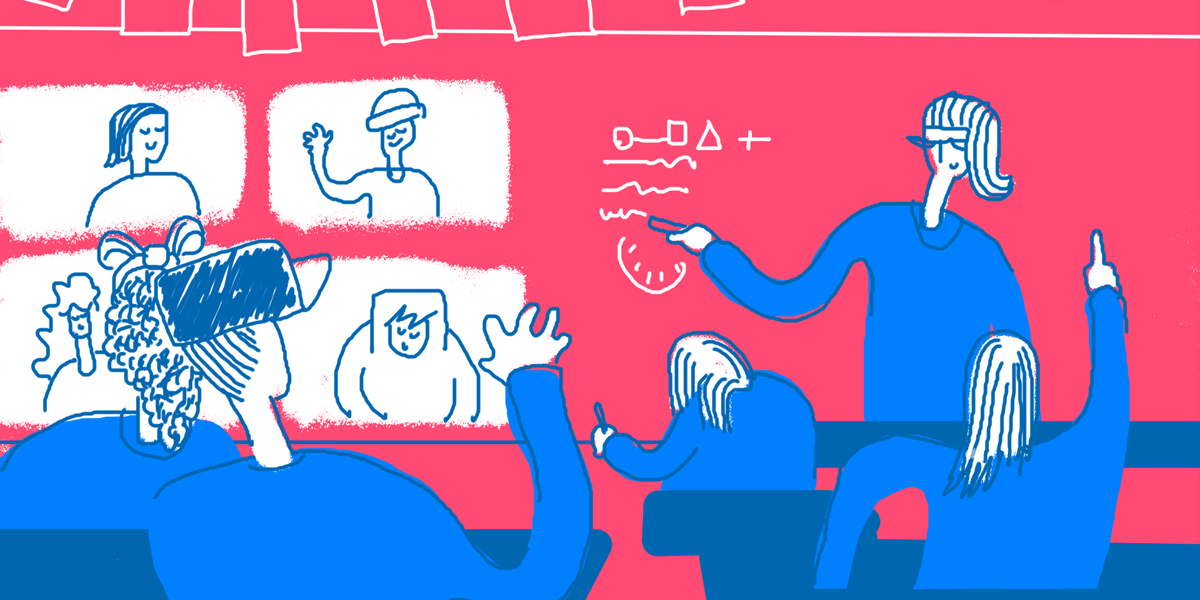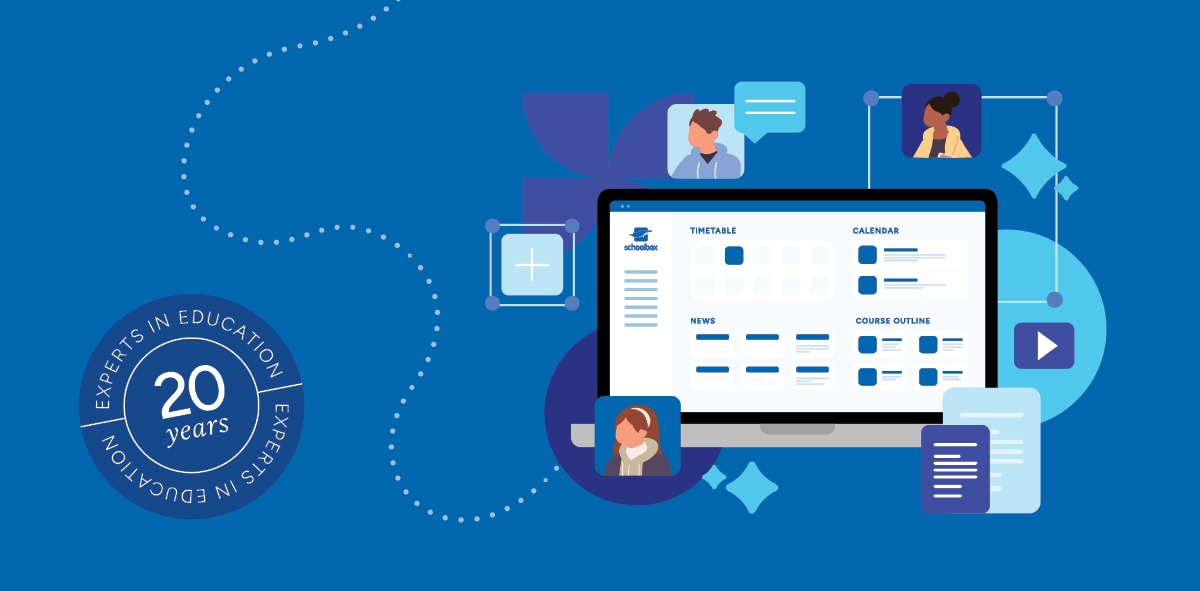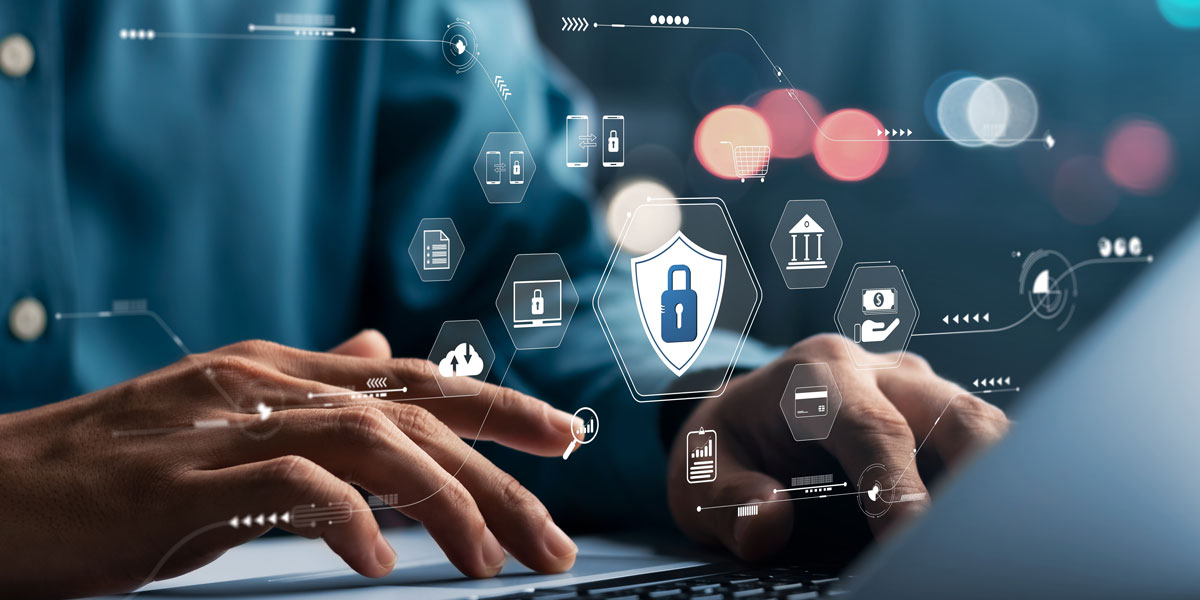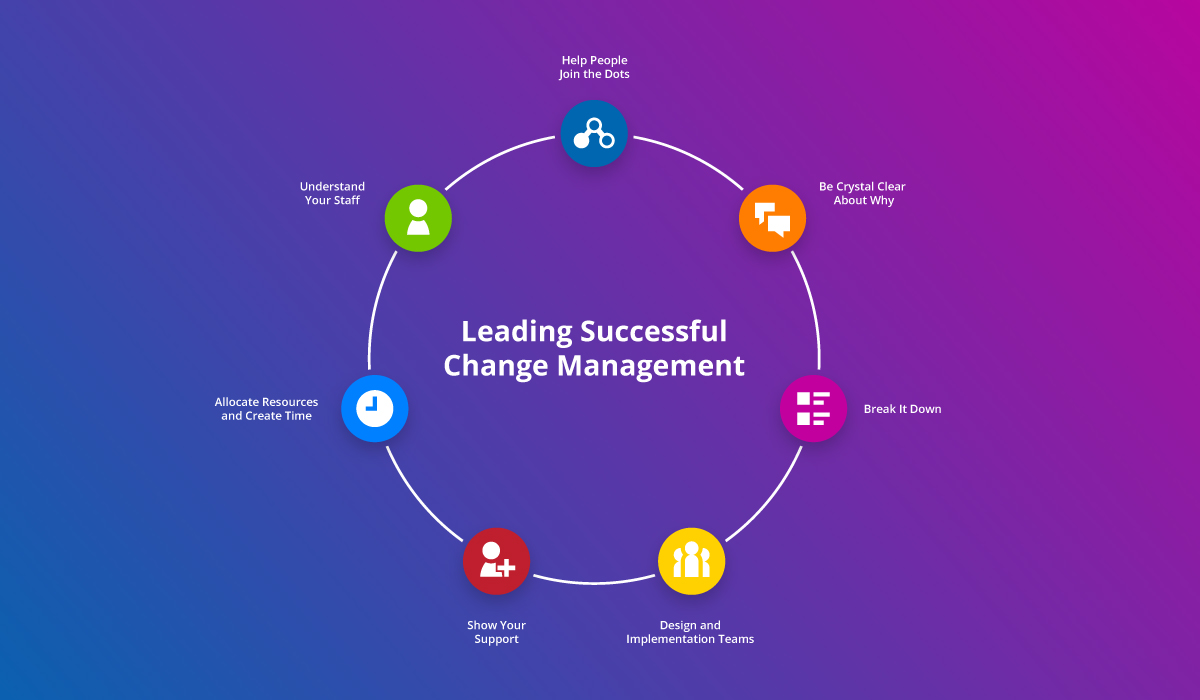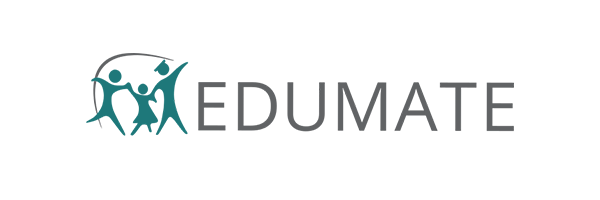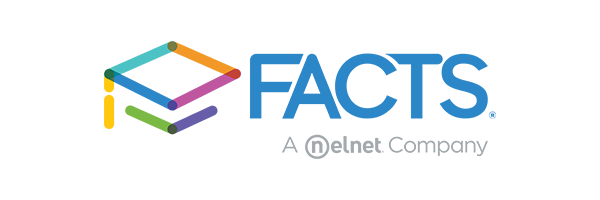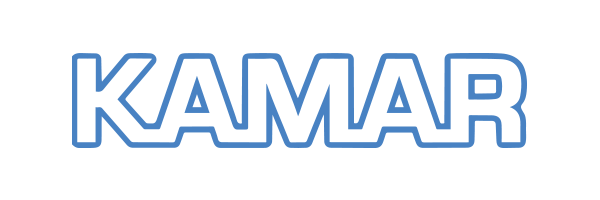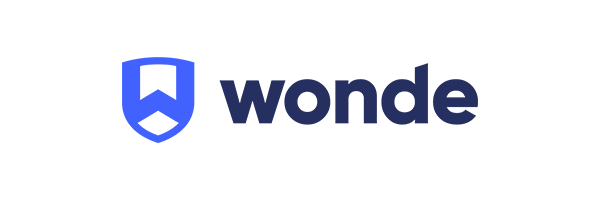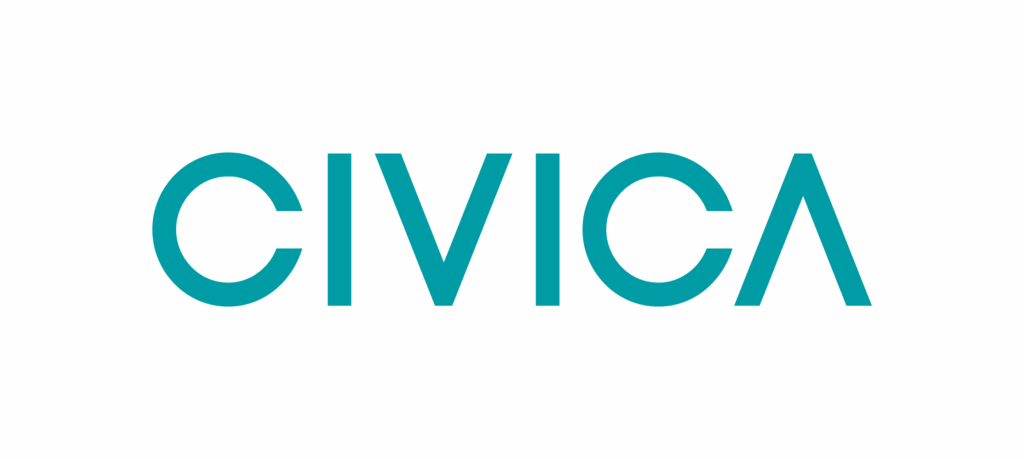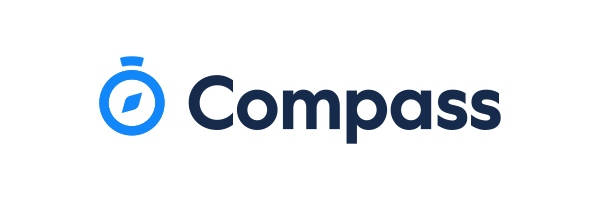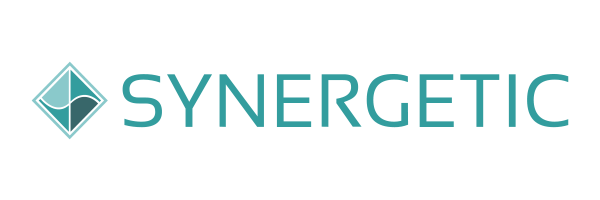As schools reopen across the globe, students will likely return to a traditional face to face model of education. This transition presents a unique opportunity for schools to think differently and consider ways; to learn from the past few months of remote learning, and look, potentially, to a new normal for teaching and learning.
Homeschooling during the pandemic— what has it taught us?
The aftermath of a pandemic provides an invaluable opportunity to reflect on what we’ve been through, how successful our online teaching has been, and to set ourselves a new strategy for how we may utilise the best of both worlds; our physical and virtual classrooms, in order to benefit our students.
So, what have we learnt?
The value of human connection
Teachers and students have been physically disconnected and schools have been awaiting the return of their students to classrooms across the world. Students too, have missed each other, probably more than their learning (sorry teachers!). The inability to interact in physical environments has shone a bright light on the importance of the human connection that is woven into the very fabric of education, schools and the communities they support. One of the greatest strengths of school is that it provides children with opportunities for social development very different from that which they experience in their own families, and allows them to grow.
About ourselves
As students and educators have been forced to work in isolation, one of the greatest lessons is one of reflection, and the ability to look at ourselves. We have been confronted by questions relating specifically to our own needs and what works best for us, and, as a response, developed the ability to be more flexible, adaptable and open to change than we ever thought. For educators who have resisted change, the requirement to be agile and develop new skills has allowed them to find new ways to connect with their students and be innovative in their approach to teaching.
Learning modes
The one size does not fit all models of education have long been challenged. Research supports the importance of working where students are at in their learning journey, differentiation of instruction and providing a variety of modes of instruction and representation, meaning we must tailor our teaching and learning practice to suit various learning styles and personality types.
Just as students may thrive in the traditional physical classroom, there will be those whose needs cannot be met. For some students, the move to a more autonomous model of learning afforded by remote or online learning may allow them to thrive. Therefore, the need to offer a variety of learning modes, whether it be via print, multimedia or other format, requires deeper consideration by educators to ensure there is equity in the learning process.
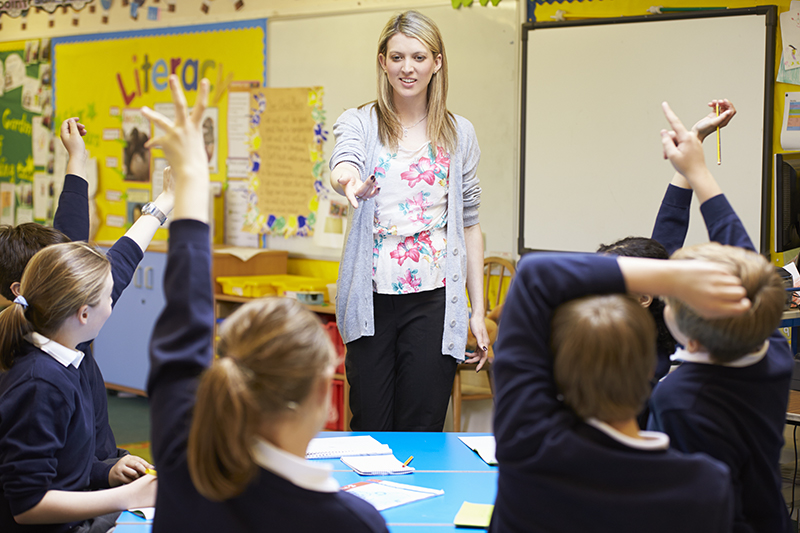
Towards a New Normal in K–12 Education
So, with the learnings gained from taking classes 100% online, what would a new normal look like?
Precautions with health
Schools will no doubt continue to be extra vigilant about hygiene and health matters. For a while yet, activities such as sporting carnivals, concerts or assemblies may not be possible, or at the very least, look different. Other operational changes will be necessary such as changes to school drop-offs and pick-ups, limiting visitors on school campuses and social distancing in staff rooms.
Continued home learning
The pandemic has caused schools to consider what is most valued and undoubtedly the health of their students, families and broader school community are the priority. In response, schools may find some families decide to keep their children at home to learn and, with that, an expectation of the continuation of remote learning programs. This will mean a demand for further flexibility from educators, but also presents an opportunity for schools to reconsider how they leverage their most prized resources, their teachers!
Clearly, those schools with existing learning management platforms and communication portals in place will find it much easier to continue providing online education alternatives to those who do not. And, for those students who thrive in a remote learning environment, parents may look to reassess the future mode in which their children are educated. Schools should not see this as a threat, rather, an opportunity to offer alternative education models to support all.
Using a Blended Teaching and Learning Model
Schools that were already leveraging a blended teaching and learning model prior to the pandemic will likely look to refine and optimise this blended approach available within their Learning Management Systems (LMS).
Flipped learning may start to take centre-stage. Rather than teachers solely delivering content to students during allocated class times, students may be provided material prior to class to prepare them for the face to face lesson via the school’s LMS.
This way, students undertake activities created by their teacher and come to class ready to dive much deeper through discussion, collaboration and analysis. Combining traditional teaching methods with open discussion, the flipped model allows students to focus on higher-level thinking and maximises the little class time available for teachers and students alike.
There are a host of activities that can be added to your LMS for students to engage with before entering class. By including links to websites, audio, image and video files, as well as uploaded content you have created, students have access to material before, during and after their face to face lessons. Your task in the classroom is then to facilitate rich discussion, answer questions and provide in-depth analysis of what they have already learnt.
Shift towards learning anytime, synchronous and asynchronous
The extended period of learning remotely has brought to the forefront that students can learn anytime and anywhere, in a combined synchronous and asynchronous method, through the blended learning model.
As such, there is great potential for a shift to optimise and maximise this approach which may involve a reassessment of a number of aspects including:
- Whether in person or via a video conference call, morning roll call or check-in, as well as pastoral care periods, can be undertaken synchronously.
- Whether preparation for lessons can occur during times that suit students, accessible via the school’s learning management platform.
- Whether rich discussion and exploration can be achieved in a synchronous mode both inside the classroom and remotely via conferencing software.
- Whether tasks and assessments can occur in either manner, dependent on the type of activity.
Ready for a new normal?
The time spent teaching and learning from home has provided valuable insights for educators, students and their families. As the world transitions out of widespread isolation, there is great opportunity to reconsider our pedagogical approach and pave the path for a new normal that will further enhance the education of our future generation.
Peter Cottle is an educator and e-learning specialist with over 13 years experience in K–12 schools. One of our Territory Managers and a passionate advocate of enhancing the learning experience of all learners, Peter is committed to assisting educators with navigating the ever-changing teaching landscape.
Looking for more resources? Continue browsing our blog or take a look at the following:
